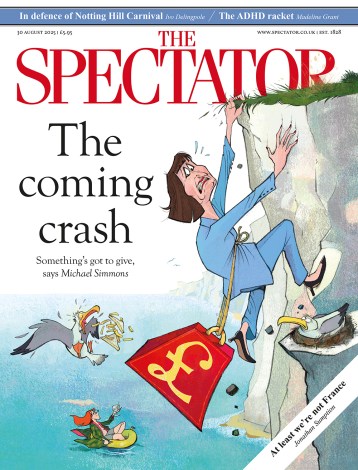One man and his dog
Six weeks after the defeat of the Taleban Rory Stewart started to walk across Afghanistan. He took the direct route through the central mountains from Herat to Kabul when there was still deep snow on the paths and ice cracking underfoot. The chances of surviving the weather, the Pashtun, Taleban and al-Qua’eda while entrusting himself to the hospitality of whichever villagers, mullahs and trigger-happy warriors he came across were not high. ‘I worried’, he says, ‘that when I was killed people would think I was foolhardy.’ Crazy would have been the right word. But thank goodness for brave people doing crazy things and for a writer in the tradition of
